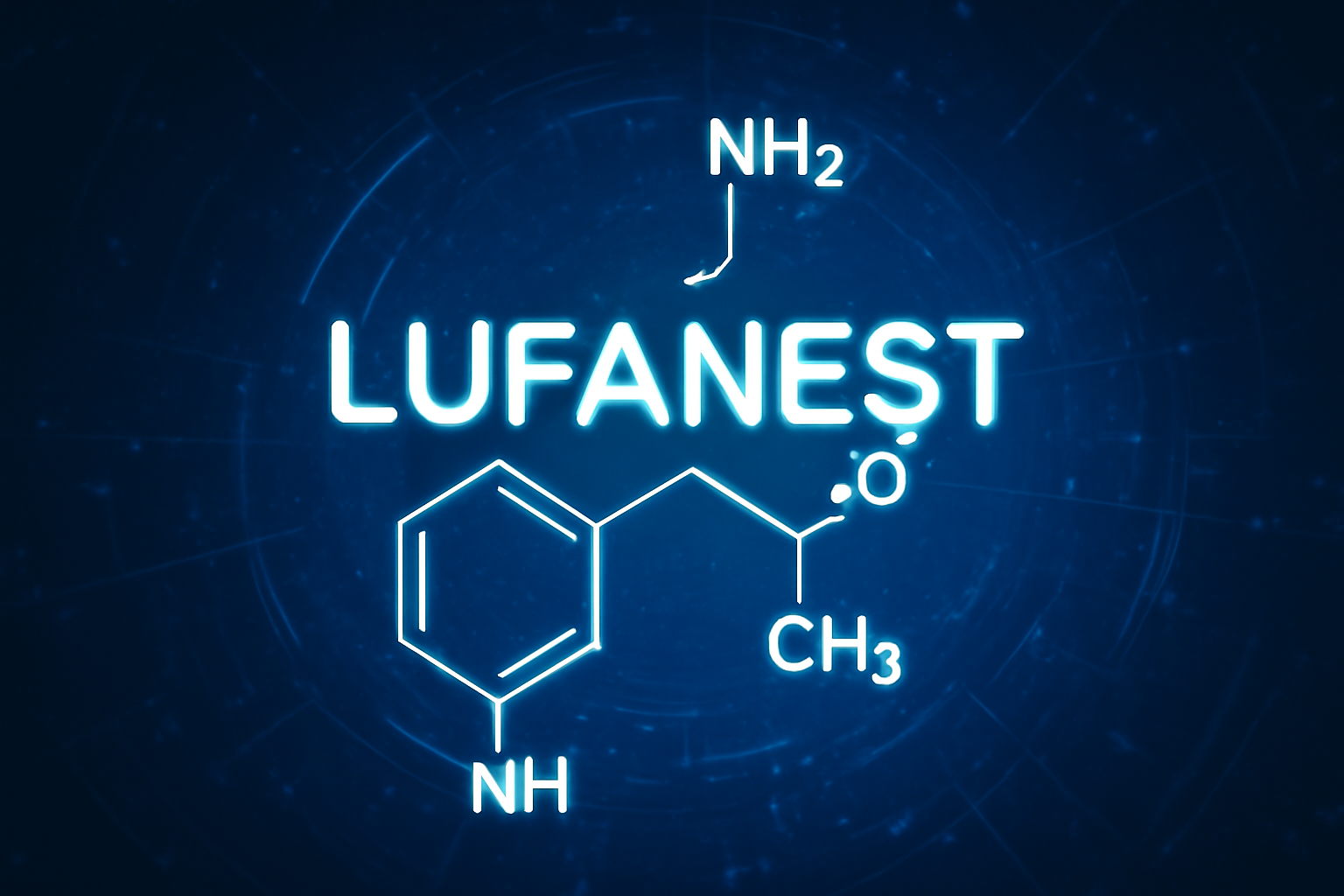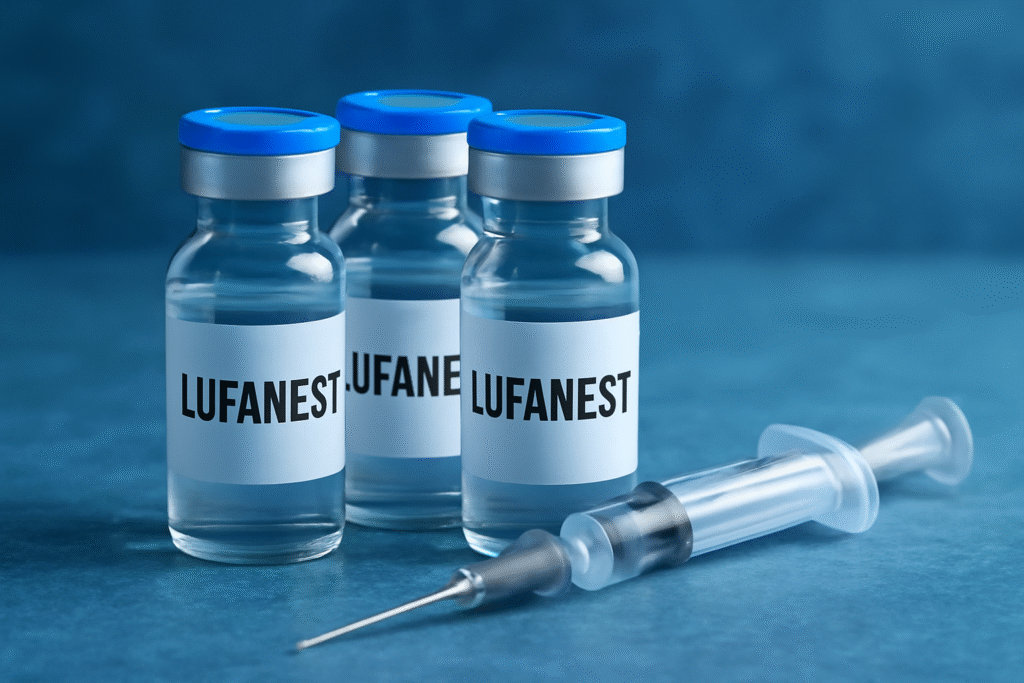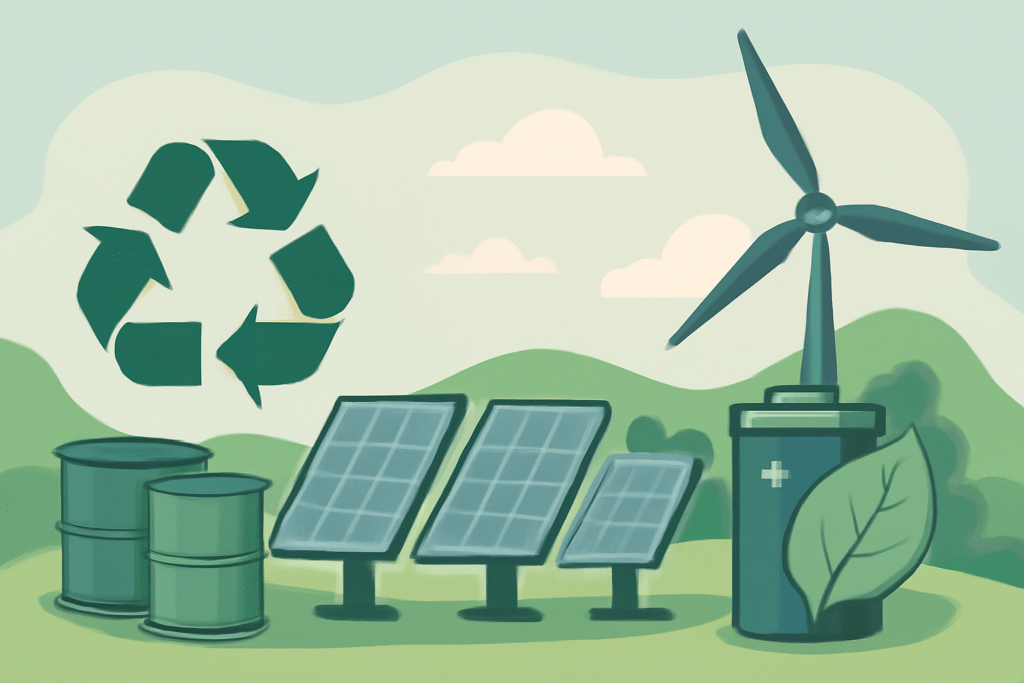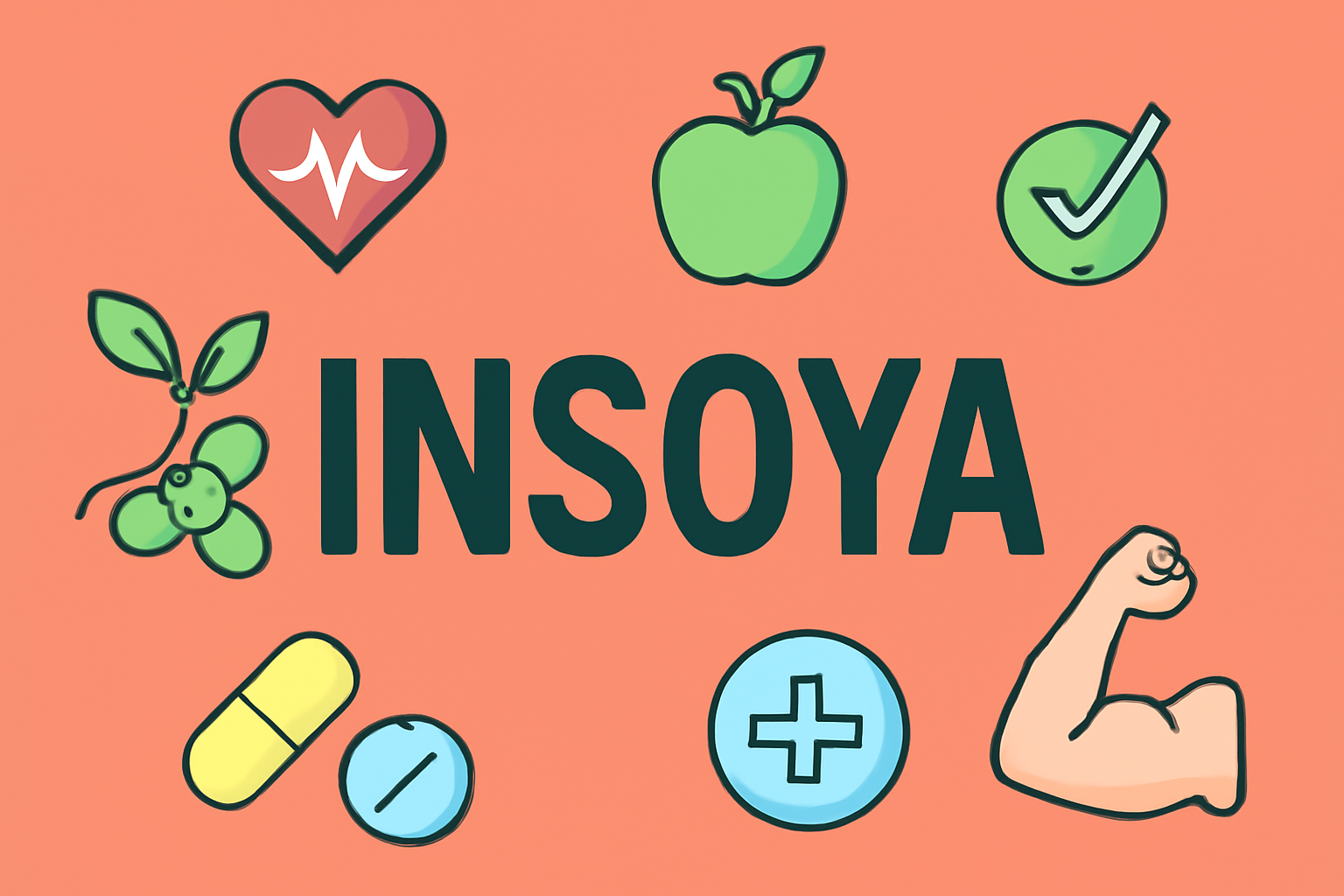
Lufanest is one of the most exciting and promising compounds making waves in the fields of biotechnology, pharmaceuticals, and environmental science. As we move through 2024, Lufanest’s applications continue to expand, offering groundbreaking potential in various industries. With its unique properties, Lufanest has proven to be a key player in enhancing efficiency, stability, and precision across a wide range of scientific and commercial sectors.
In this article, we will explore the revolutionary applications of Lufanest, examining its roles in advancing research, improving product formulations, and contributing to sustainable solutions. We’ll dive into its applications in biotechnology, pharmaceuticals, and the environment and discuss how this powerful compound is shaping the future.
What is Lufanest?
Lufanest, a compound discovered through rigorous scientific research, has demonstrated remarkable properties that make it an essential tool in multiple industries. Though its applications are vast, its main impact is seen in the enhancement of certain biological processes, drug formulations, and environmental technologies.

This compound’s role in drug stabilization, gene therapy, and sustainability initiatives is changing the way industries approach development. Whether it’s being used in the medical field to improve treatment efficacy or in environmental science to support sustainability goals, Lufanest’s influence is undeniable.
“Innovation is the key to unlocking the potential of the future, and Lufanest is one of the prime examples of such innovation.”
As research on Lufanest continues, its applications are likely to grow, opening doors to even more opportunities. But let’s delve deeper into its specific applications across various sectors.
Lufanest in Biotechnology: A Game-Changer in Research
Lufanest has emerged as a powerful tool in the biotechnology sector, particularly in the development of advanced therapies and research methodologies. The compound’s unique properties enable it to interact with biological systems in ways that enhance genetic manipulation, allowing for more effective gene therapies.
One of the most exciting applications of Lufanest in biotechnology is its use in gene therapy. Gene therapy is a treatment that involves altering the genes inside a person’s cells to treat or prevent disease. Lufanest helps stabilize the delivery of genetic material, making gene therapies more effective and reliable. By enhancing the stability and effectiveness of these treatments, Lufanest is making gene therapy a viable option for a wider range of conditions.
In addition, Lufanest plays a role in the cultivation and production of biologics. Biologics are large molecules or mixtures of molecules used in medicine, such as monoclonal antibodies and vaccines. Lufanest helps optimize the manufacturing process by ensuring the stability of these complex compounds. By improving the efficiency of bioreactors and streamlining production, Lufanest is making the production of biologics more cost-effective and scalable.
“Through breakthroughs in biotechnology, Lufanest is helping to push the boundaries of modern medicine.”
Revolutionizing Pharmaceuticals with Lufanest
In the pharmaceutical industry, Lufanest is proving to be a game-changer. The compound’s ability to stabilize active pharmaceutical ingredients (APIs) has greatly impacted the development of new drugs. Pharmaceuticals require careful formulation to ensure that the active ingredients remain stable, effective, and safe throughout their shelf life. Lufanest plays a key role in this process, extending the shelf life of drugs and ensuring their potency.
Lufanest’s stabilizing properties are particularly useful in the development of complex drug formulations, such as biologic drugs and vaccines. By improving the stability of these sensitive drugs, Lufanest ensures that they remain effective even after prolonged storage or exposure to varying environmental conditions.
Another area where Lufanest is making a difference is in the development of sustained-release medications. These medications are designed to release their active ingredients over time, providing patients with longer-lasting relief. Lufanest enhances the precision of these drug release mechanisms, ensuring that patients receive a consistent dose throughout the day. This improves patient compliance and reduces the need for frequent dosing.
Lufanest and Environmental Sustainability
Beyond its applications in healthcare, Lufanest is also making significant contributions to environmental sustainability. With growing concerns over climate change and environmental degradation, industries are seeking innovative solutions to reduce their carbon footprint and minimize waste. Lufanest has proven to be a versatile compound that can help address some of these challenges.

One of the ways Lufanest is being utilized in environmental science is through its role in waste treatment. The compound has been shown to aid in the breakdown of harmful chemicals, making it a valuable tool in the remediation of contaminated environments. Whether it’s cleaning up hazardous waste sites or purifying industrial effluents, Lufanest’s properties help accelerate the degradation of toxic substances, making environmental remediation processes faster and more efficient.
Additionally, Lufanest is being explored for its potential in renewable energy technologies. By improving the efficiency of energy conversion systems, such as solar cells and batteries, Lufanest could help reduce the overall environmental impact of energy production. This makes Lufanest a crucial component in the transition to greener energy solutions.
More Read About: TheLaptopAdviser.com: Ultimate Guide to Buying Best Laptop (2025)
Key Applications of Lufanest
| Industry | Application | Impact |
| Biotechnology | Gene therapy, biologic production | Enhances precision and stability |
| Pharmaceuticals | Drug formulation and stabilization | Extends shelf life, improves efficacy |
| Environmental | Waste treatment, renewable energy | Aids in pollution control, increases efficiency |
Lufanest in Consumer Products
Interestingly, Lufanest’s influence is not limited to industrial and research applications. The compound is also finding its way into consumer products, particularly in the beauty and wellness industries. Skincare brands, for example, are beginning to incorporate Lufanest into their products for its stabilizing effects on active ingredients.

By enhancing the shelf life and potency of skincare formulas, Lufanest helps maintain the effectiveness of serums, creams, and lotions over time. This is particularly important for products that contain delicate ingredients, such as antioxidants or vitamins, which can degrade over time. Lufanest’s ability to stabilize these ingredients ensures that consumers continue to receive the full benefits of the product throughout its use.
In addition to skincare, Lufanest is being used in food preservation. As the demand for longer-lasting, natural food products increases, Lufanest offers a solution to extend the freshness of food without relying on artificial preservatives. By improving the stability of food products, Lufanest helps reduce food waste and promotes more sustainable consumption.
Lufanest in Consumer Products
| Product Type | Benefits | Lufanest Role |
| Skincare | Improved stability and shelf life | Enhances potency and effectiveness |
| Food Preservation | Extended freshness, reduced waste | Natural preservation without chemicals |
Conclusion
Lufanest is proving to be a revolutionary compound with far-reaching implications for multiple industries. From advancing medical research to supporting environmental sustainability, its potential is immense. As we move further into 2024, the applications of Lufanest will continue to expand, offering new solutions to age-old problems.
The versatility and power of Lufanest make it an essential component in both current and future innovations. Its impact on biotechnology, pharmaceuticals, and the environment highlights its importance as a key player in scientific and industrial advancements. Whether it’s improving drug efficacy, advancing gene therapy, or contributing to greener technologies, Lufanest is undoubtedly shaping the future.
FAQs
What is Lufanest, and how is it used?
Lufanest is a compound used in various fields, including biotechnology, pharmaceuticals, and environmental science. It enhances stability, improves drug formulation, and plays a role in waste treatment and renewable energy technologies.
How does Lufanest improve drug formulations?
Lufanest stabilizes active pharmaceutical ingredients, ensuring they maintain their potency and efficacy over time. It also aids in the development of sustained-release drugs, improving patient compliance.
Can Lufanest help in environmental sustainability?
Yes, Lufanest aids in waste treatment, making the breakdown of harmful chemicals faster and more efficient. It also plays a role in improving the efficiency of renewable energy technologies, supporting the transition to greener energy solutions.
Is Lufanest used in consumer products?
Yes, Lufanest is used in skincare and food preservation products. It helps extend the shelf life and potency of these products, reducing waste and improving product quality.
What is the future of Lufanest?
The future of Lufanest looks promising, with ongoing research unlocking its potential in areas such as regenerative medicine, vaccine development, and environmental remediation. Its applications are likely to grow in the coming years.







